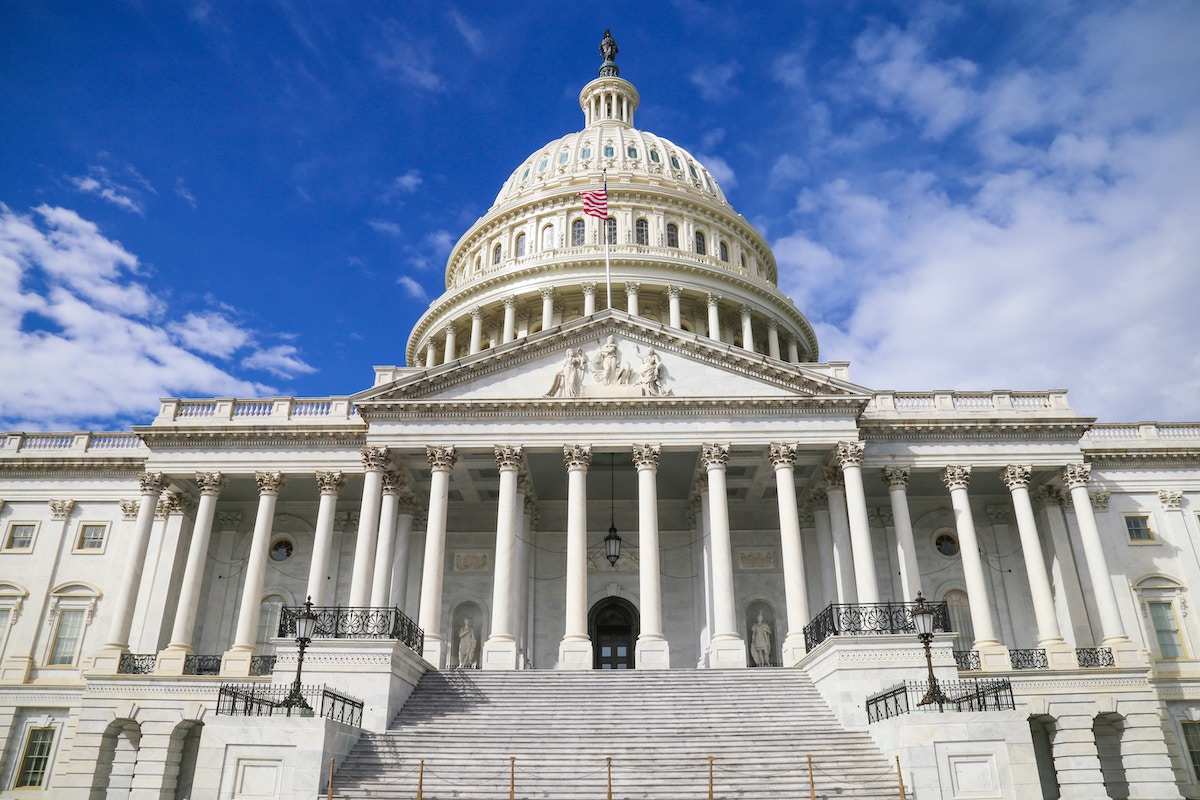A Brief History of Solar Power


Solar power has come a long way since the 7th century B.C. Back then, people discovered that training sunlight through a magnifying glass could spark a fire—now, we can harness the sun to power our homes, office buildings, cars, pools, food trucks, and so much more. The history of solar power is a fascinating one, illustrating both man’s ingenuity and the value of our natural, sustainable resources.

After that initial discovery back in 7 B.C., the ability to create fire from the sun’s rays was quickly adopted by the Greeks and Romans to do everything from light torches to set wooden boats ablaze as a battle maneuver. Later, China also began using these Greco-Roman “burning mirrors” to ignite fires.
It wasn’t until the 1st through 4th centuries A.D. that another use for solar power had been discovered. That is when people realized that the sun’s warming power could be beneficial, and all types of structures—from Roman bath houses to Native American cliff dwellings—were built to take advantage of that natural heating source.
For several centuries, that was the status quo. It wasn’t until the dawn of the Industrial Revolution in Europe and the United States that solar power took a major leap forward.
Major technological advances were made during the Industrial Revolution in everything from textile production to factory mechanization to steam and water power. So it is not surprising that there would also be amazing developments in the area of solar power.
The growth first began in Europe in 1767, with scientist Horace de Saussure’s solar collector that was invented in Switzerland. Interest in solar power spread throughout the continent, and in 1816, Scotland’s Robert Stirling began building engines that used solar thermal technology. One of the most significant inventions came in 1839 when French scientist Alexandre Edmond Becquerellar created the solar cell. This photovoltaic (PV) power took another step forward technologically when it jumped across the Atlantic. In America in 1883, Charles Fritts used the natural element selenium, known for its ability to attract sunlight, to create the first rooftop solar array. Less than a decade later, in 1891, Clarence Kemp patented his invention, a commercial solar water heater. Then, in 1905, a scientist by the name of Albert Einstein explored the process of how light could be converted to electricity—and he won the Nobel Prize for his efforts several years later.
In the ensuing years, scientists continued to research and make inroads into solar power that would lay the foundation for its future development. For instance, William J. Bailey created a solar collector fashioned from an insulated box and copper coils; those copper conductors would become a standard material for solar collectors down the road. The photovoltaic potential of substances such as silicon and cadmium sulfide was also discovered, and they became common materials in PV solar systems.
As the saying goes, “necessity is the mother of invention,” and that was particularly true for solar power during World War II and the postwar era. Resources and money were scarce during wartime, so builders went back to an idea from earlier times when the sun was used to heat homes and public structures. By designing homes and buildings with insulated windows that faced the sun, these developers created the idea of a “passive solar” home. This concept became so popular that in 1947, the book “Your Solar House” was published, featuring designs for passive solar homes for every state in America. It wouldn’t be too much longer that solar power would take perhaps its biggest step forward yet.
The year 1954 was a major turning point in the history of solar power. That is when Bell Labs created a silicon PV solar cell strong enough to power electrical equipment—the root of modern-day solar technology. This invention led to an explosion of innovation in the industry through the rest of the 1950s and ‘60s. Silicon-based PV systems were used in commercial applications; the first office building to use solar-heated water was developed; and selenium solar cells were invented. Solar power even made it to space when it was used for applications on satellites, and, in 1966, on NASA’s original Orbiting Astronomical Observatory. During that time, solar technology was continually improving, with solar cells becoming more and more efficient.
In the 1970s, solar power also made important strides. A cheaper solar cell was developed in a tandem effort between Dr. Elliot Berman and the Exxon Corp. Consequently, solar power began cropping up in more places, including everything from lighthouses to railroad crossings. Again, solar power was seen as a necessary innovation when more traditional power sources were limited.
There was an especially big push for solar energy in the United States during the early part of the decade, which was largely influenced by America’s energy crisis that had been triggered by oil price controls and embargos. The federal government believed solar was a power source with unlimited potential and ordered federal buildings to use solar-powered heating and cooling systems. Pro-solar power legislation was also passed, and federal agencies were tasked with research and development; this culminated in the 1977 founding of the Solar Energy Research Institute, a federal organization now known as the National Renewable Energy Laboratory. Another federal agency integral to solar development was NASA’s Lewis Research Center, which employed PV power on six continents and created the first PV system to power a community in 1978 on a Native American reservation.
Concurrently, the University of Delaware was making inroads in the area of private, residential buildings. It created the first laboratory devoted to solar PV research, the Institute of Energy Conversion, in 1972, and the following year it built Solar One. This forerunner of a solar-powered home featured rooftop arrays that collected and created energy. Even the most famous home in the country, the White House, got solar panels in 1979. (They were removed in 1981, but put back in 2010.)
As the history of solar power moved into the 1980s, the technology expanded exponentially. In 1981, the first solar-powered aircraft, the Solar Challenger successfully flew from France to England. The next year, Hesperia, CA became home to the first megawatt power plant and the Quiet Achiever, the first solar-powered car, drove more than 2,000 miles in Australia. Governmental agencies, universities, and public and private companies all dedicated considerable time and talent to expanding the ways in which solar power could be used, and these innovations have continued into the present day. The federal government also offered a variety of tax credits and solar industry subsidies to continue this forward momentum and make solar an attractive energy option for more consumers and businesses.

The history of solar power leads us to today, with progress that would seem unfathomable to those early people who were only just beginning to understand the amazing capabilities of the sun. Major buildings around the world incorporate solar power systems in some fashion, including the Eiffel Tower, the Vatican, New York City skyscrapers One Bryant Park and 4 Times Square, and even the world’s tallest building, the Burj Khalifa in Dubai.
Equally important are the technological advances that have made solar power accessible for millions of people’s homes. A powerful and highly efficient residential system should include solar modules, also called panels, which collect and convert the sun’s rays into direct current (DC) electricity; an inverter that transforms the DC electricity to alternating current (AC) so it can be used in the home; a long-lasting racking system that structurally supports rooftop modules; and a monitoring system that easily tracks the energy your PV solar power system produces.
The cumulative impact of increased solar usage, both commercially and residentially, cannot be overstated. The more we can rely on solar power, the less we need to use fossil fuels such as oil and natural gas. Renewable energy, such as solar power, is better for the environment on a global scale, and it is a crucial weapon in the fight against climate change. The history of solar power is an important one, but so is its future, because it can literally change the world.